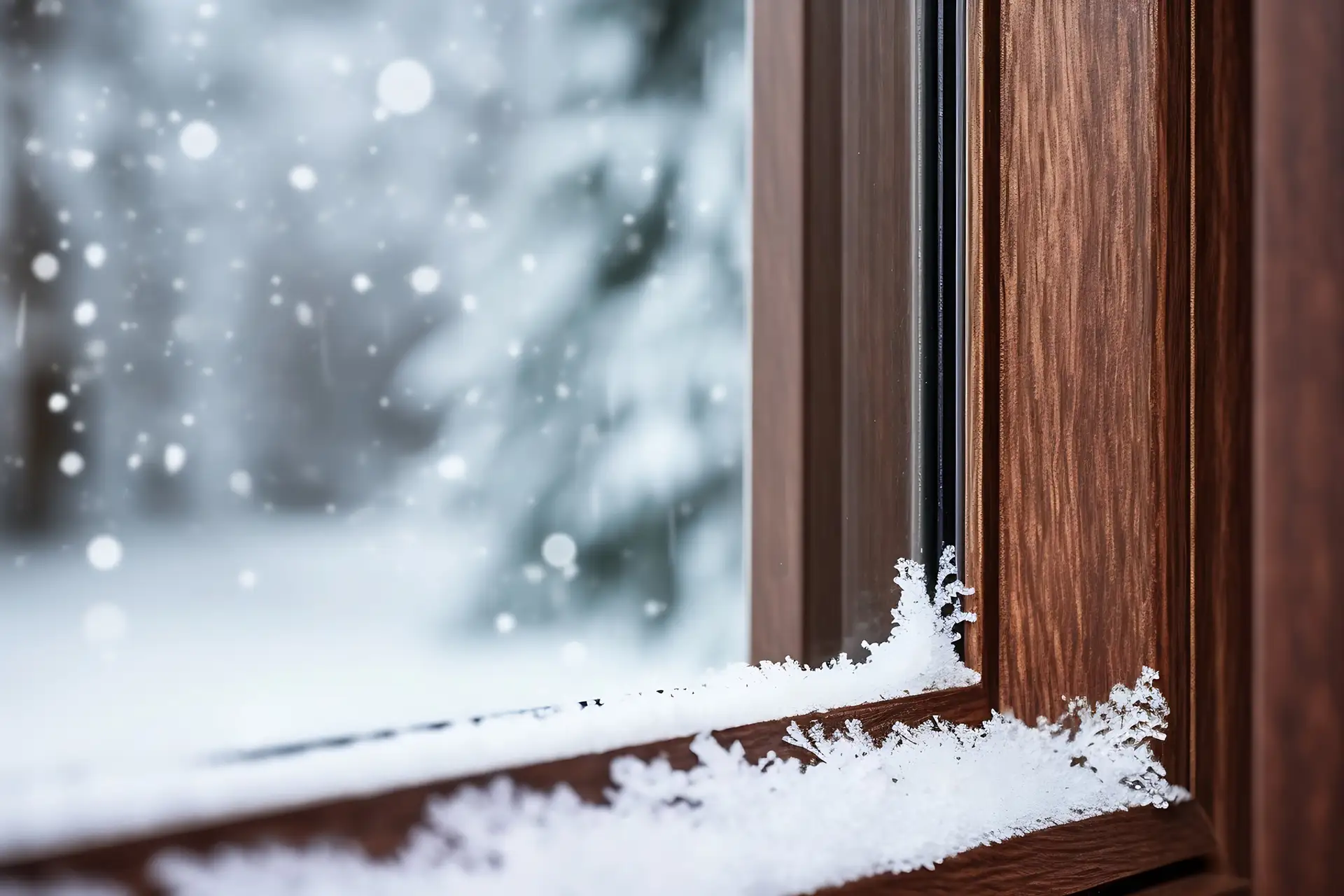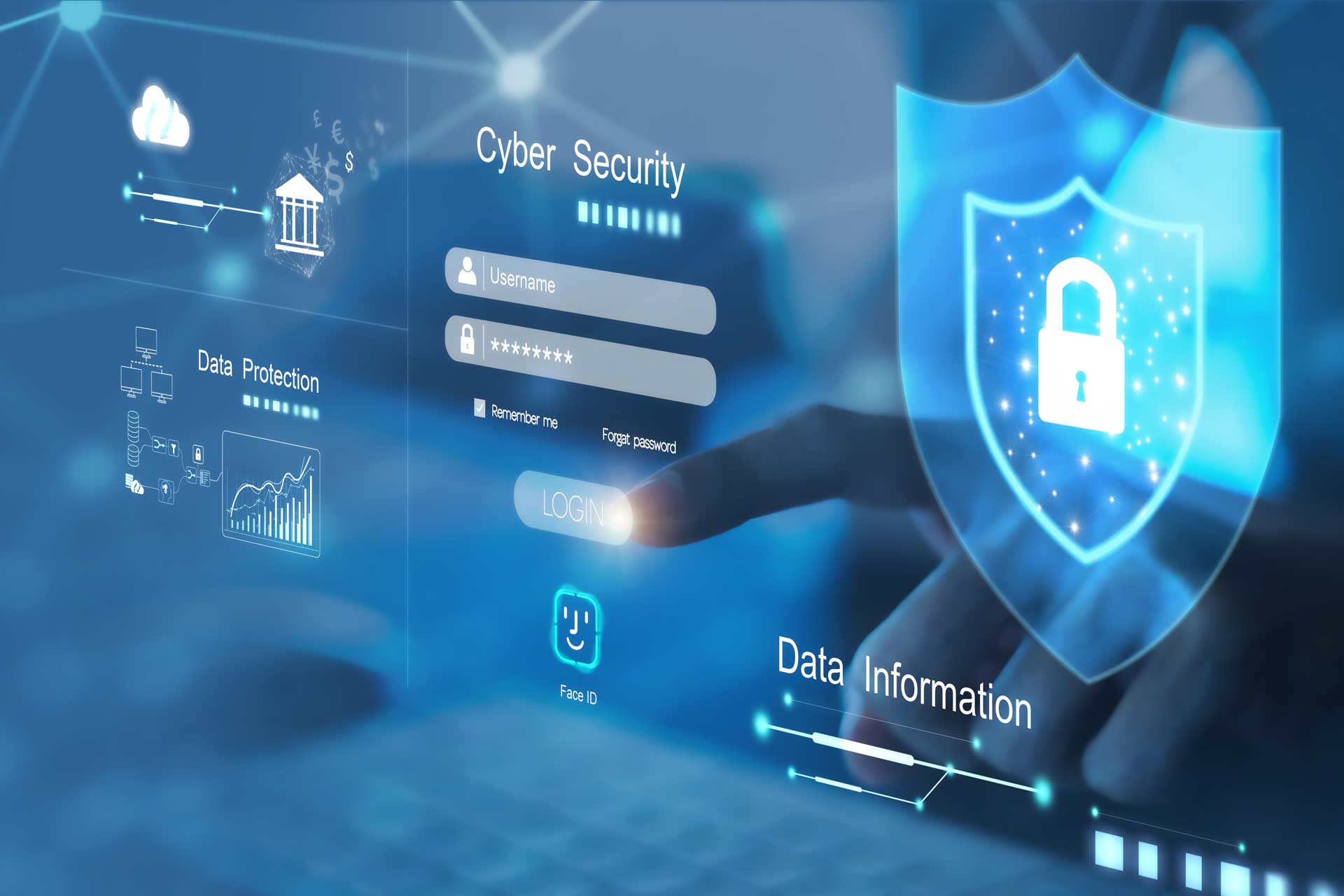Value-based care is being trumpeted as the panacea to cure all of the healthcare systems’ ills, and while it’s picking up momentum, to say there are a lot of different perspectives to this story is a gross understatement.
From medical and political organizations to investors and technology companies, value-based care is the talk of the town.
Value-based care was first introduced by Michael Porter and Elizabeth Olmsted Teisberg in their 2006 book, Redefining Health Care: Creating Value-Based Competition on Results. Since then, it has been embraced by some; criticized by others. Still, after almost 17 years, the discussion continues. In scouring numerous publications from several months, here’s a sampling of the discussions…
December 16, 2022. American Psychological Association
“The National Academies of Science, Engineering, and Medicine issued a report on implementing high-quality primary care stating that we should ‘pay for primary care teams to care for people, not doctors to deliver services.’ The report recommends a shift towards a hybrid model of payment; part fee-for-service and part capitated (per member, per month) as the default method to pay prospectively for interprofessional, integrated, team-based care rather than the fee-based system that undervalues the work reflected in primary care and behavioral health services.” (“APA advocates for value-based payment models.” December 16, 2022. APAServices.org.)
December 16, 2022. McKinsey & Company
“Providers specializing in value-based care have become attractive to investors because of the distinctive quality of care that they can provide and the investable opportunity they present, with a diversity of risk levels and business models. By building on a decade of increasing value-based payment adoption—combined with enhanced value-based capabilities across payers, providers, employers, and other healthcare stakeholders—continued traction in the value-based care market could lead to a valuation of $1 trillion in enterprise value for payers, providers, and investors.” (Abou-Atme, Zahy; Alterman, Rob; Khanna, Gunjan; and Levine, Edward. “Investing in the New Era of Value-Based Care. December 16, 2022. Mckinsey.com.)
February 7, 2023. The Commonwealthfund.org
“Studies of value-based care programs so far suggest that they can reduce costs and improve quality of care, although results have often been mixed and impact modest….Although participation in value-based care programs is on the rise in the U.S., many healthcare providers are still not in one. To encourage participation, future models in both the public and private sector would likely benefit from being more accessible and financially rewarding, particularly to those serving disadvantaged or rural populations. Moreover, further research is needed about how these programs impact patients, providers, and the health care system overall, as well as which factors are associated with success.” (Lewis, Corinne; Horstman, Celli; Blumenthal, David; Abrams, Melinda K. “Value-Based Care: What It Is and Why It’s Needed.” February 7, 2023. Thecommonwealthfund.org.)
Feb 10, 2023. Healthcare Dive
“With 48% of the eligible Medicare population enrolled in Medicare Advantage plans and, the CMS committed to having 100% of enrollees in a value-based care program by 2030, the tailwinds are pushing at-risk arrangements forward in a big way.” (Kirk, Liz. “Tipping point is in sight: Value-based care is driving meaningful financial results.” February 10, 2023. Healthcaredive.com.)
March 14, 2023. BenefitsPro
“Employers and their benefits consultants are increasingly embracing value-based reimbursement models as they – along with provider organizations, commercial payers, and government programs – seek more ways to improve health outcomes while reducing costs.” (Sharma, Rahul and Caroll, Lynn. Implementing value-based health care: Key trends shaping 2023.” March 14, 2023. Benefitspro.com.)
April 10, 2023. Bain.com
“There is still ample headroom for growth in value-based care adoption in the PCP space. As of 2021, nearly 60% of healthcare payments had at least some linkage to quality and value, but less than 20% incorporated two-sided risk (and capitated models are still under 8% of spending)…Our analysis suggests fee-for-value arrangements will capture 15%–20% market share from traditional FFS providers in primary care by 2030, creating strong macro tailwinds and supporting further investment in the space.” (Fry, Sharon; Nierenberg, Dave; Wynn, Grace; Murphy, Kara; and Jain, Nirad. “Value-Based Care: Opportunities Expand.” April 10, 2023. Bain.com.)
April 29, 2023. The American Journal of Managed Care
“…there have been many iterations of value-based programs sponsored by both government insurers and private companies… Among other challenges, a main issue that arises in value-based care surrounds attribution, meaning a patient is attributed to a provider and that provider is reimbursed based on the contract. But what is attribution? If a patient sees 2 primary care providers within a year, which provider is paid for their care?” (McNulty, Rose. “Value-Based Care: Is It Possible for All Providers to Succeed?” April 29, 2023. AJMC.)
May 8, 2023. The New York Times
“Large health insurers and other companies are especially keen on doctors’ groups that care for patients in private Medicare plans…Now, nearly seven in 10 of all doctors are either employed by a hospital or a corporation, according to a recent analysis from the Physicians Advocacy Institute…Insurers say their purchase of medical practices is a step toward what is called value-based care…” (Abelson, Reed. “Corporate Giants Buy Up Primary Care Practices at Rapid Pace.” May 8, 2023. NYtimes.com.)
May 23, 2024. Beckers ASC Review
“Three key driving forces behind the shift to value-based care are government programs and incentives, advancements in technology, and the use of data to gather information. The model has piqued the interest of companies such as CVS Health, Optum, and Amazon, as well as physician groups…Though value-based care’s popularity is growing, just 14 percent of physicians participate in the payment model, according to Medscape’s 2023 ‘Physician Compensation Report.’ The fee-for-service model is still the most popular payment model by a long shot, with 46 percent of physicians participating in it.” (Hatton, Riz. “How value-based care is squeezing its way into every corner of healthcare.” May 23, 2024. Bekersasc.com.)
June 8, 2023. Center for Medicare and Medicaid Services
“Today, the Centers for Medicare & Medicaid Services (CMS) announced a new primary care model – the Making Care Primary (MCP) Model – that will be tested under the Center for Medicare and Medicaid Innovation in eight states… Colorado, Massachusetts, Minnesota, New Jersey, New Mexico, New York, North Carolina, and Washington.” (“CMS Announces Multi-State Initiative to Strengthen Primary Care.” June 8, 2023. CMS.gov.)
No doubt, this discussion is to be continued. While you are following the latest headlines shaping the future of healthcare in America, you can count on RBT CPAs to take care of your accounting, tax, audit, and advisory needs with the highest ethical and professional standards. To learn more, give us a call today.
RBT CPAs does not outsource work to any other country. All of our work is prepared in the U.S.A.










